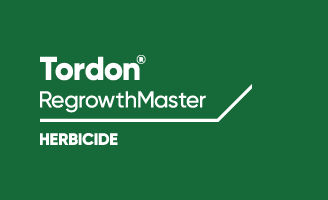Using herbicides
When it comes to treating woody weeds, using the right herbicide, at the right time, with the right technique is the best way to ensure you don’t have to retreat the same patch year after year.
Ensure you are making the most of your pasture and consider these steps to control noxious weeds:
- Identify the weed species.
- How dense or big is the infestation?
- Where is the infestation located? Are there any environmental factors that need to be considered for treatment?
- Develop an integrated management strategy. Consider your property’s conditions and capabilities, access to machinery and technology.
With labour being the biggest cost in weed management, knowing which herbicide to use and how to use it means you will save time and money, allowing you to invest more in other parts of your business.
Weed Treatment timing
In order to get the best results when treating woody weeds with herbicide, there are a number of variables that need to be considered:
- The geographical area which you are in
- The species of weed that you are trying to treat
- Climate conditions in your area
- The treatment method used.
This is because the weed needs to be treated when the plant is actively growing to allow maximum uptake of the herbicide into the root system, which is the only sure way to ensure you kill the entire weed.
If the plant is under stress due to environmental factors like lack or rainfall, or is not in its optimal growth period, then there is no guarantee that the chemical application will be effective.
Go to our Weed Identification section for details on what to look for when the plant is actively growing.











































